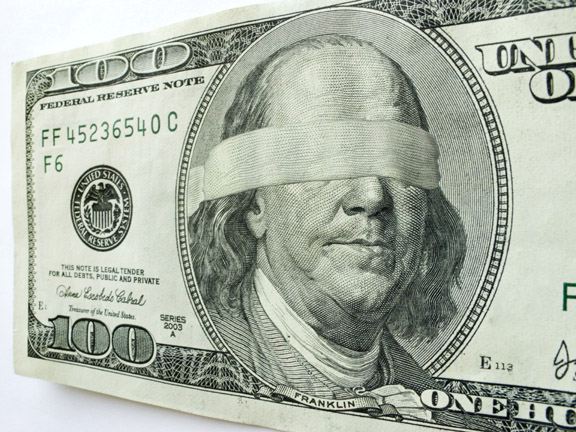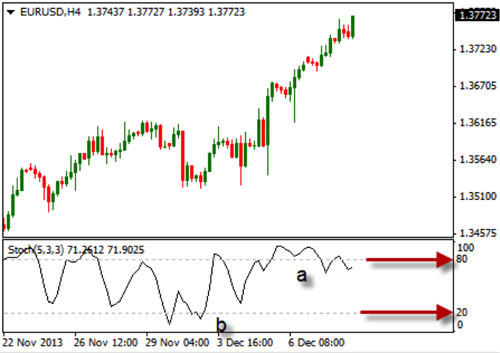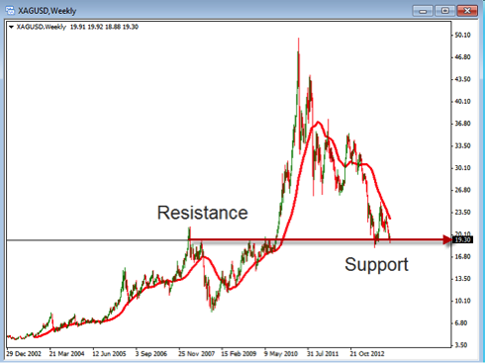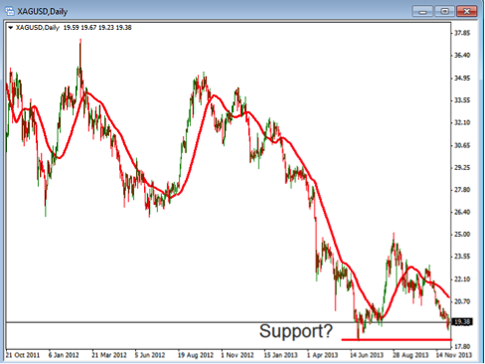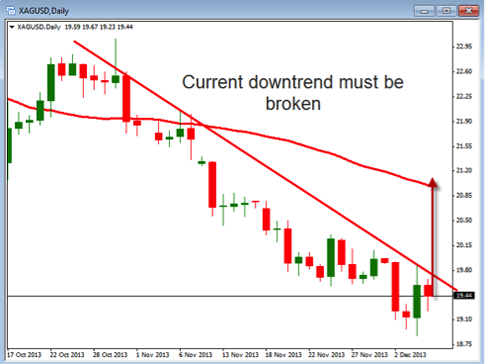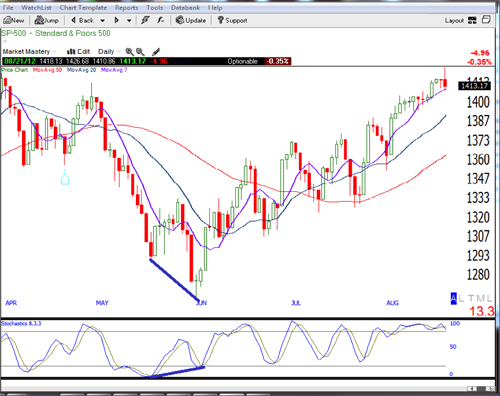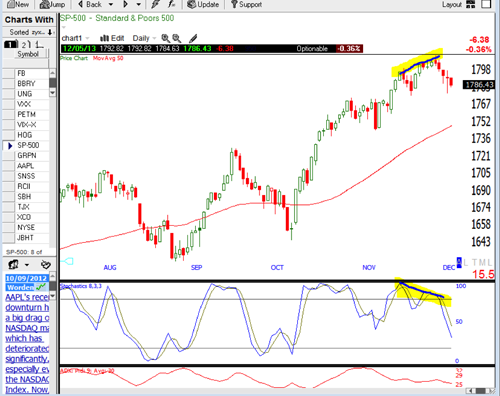Next Wednesday, on Dec 18th, the Federal Open Market Committee, or FOMC, announcement will be coming out at 2 P.M. EST. Why is this important? Well, this announcement could be the one from The Fed that might actually start the winding down or “tapering” back of the stimulus program, commonly referred to as Quantitative Easing 3 (QE3).
First of all, what is the FOMC? And then, what is Quantitative Easing? The FOMC is the Federal Open Market Committee and is a committee within the Federal Reserve System that is made up of seven Board of Governors, who are appointed by the President of the United States and confirmed by the Senate for 14-year terms. The Chairman of the Board of Governors, who is currently Ben Bernanke, is appointed from within the board for terms of 4 years at a time. George W. Bush first appointed Ben Bernanke and President Barak Obama reappointed him for another 4-year term. In addition to the 7 Board of Governors, the FOMC is made up of 5 additional members, chosen from the 12 Federal Reserve Bank Presidents on an annual rotating basis. This Committee meets six times per year, which brings us to next week’s meeting. At the conclusion of the meeting, there is a statement that is released which announces the current thinking of the FOMC and the current actions and potential future actions the FOMC is planning to take. Lately, most of the attention given to The Fed has been centered on the FOMC’s stimulus programs, Quantitative Easing.
So, what is Quantitative Easing? Quantitative Easing (QE) is the monetary policy used by The Fed to stimulate the national economy after the financial crisis in late 2008, early 2009. The Fed implemented quantitative easing by buying financial assets from commercial banks and other private institutions, thus increasing the monetary base. This is distinguished from the more usual policy of buying or selling government bonds in order to keep market interest rates at a specified target value. The Fed and other central banks tend to use quantitative easing when interest rates are already at low levels and this alone has failed to produce the desired effect. The major risk of quantitative easing is that, although more money is floating around, there is still a fixed amount of goods for sale. Under normal conditions, this will eventually lead to higher prices or inflation. Since the Financial Crisis of 2008, The Fed has undertaken three separate asset buying programs referred to as QE1, QE2, and, most recently, QE3.
The latest program, implemented in September, 2012, called QE3, was instituted to buy up to $85 billion mortgage-backed securities per month, until which time the employment and the economy improved.
This brings us to next week’s FOMC announcement, will The Fed begin “tapering” QE3 back as they have talked about doing or lay out a credible plan for doing so? The uncertainly of the current actions has created nervousness in the markets. What is the reason for the market’s concern? Well, the main purpose of the Quantitative Easing programs was to stimulate the economy by lowering interest rates. Lower interest rates have also stimulated the stock market because stocks have become more favorable than other investments such as fixed income bonds. As The Fed pulls back on the stimulus program, interest rates will naturally rise and this could negatively impact the stock market, which is why stock investors are obviously nervous.
So stay tuned for the official announcement on Wednesday! It could have big implications for The Fed actions going into 2014.
